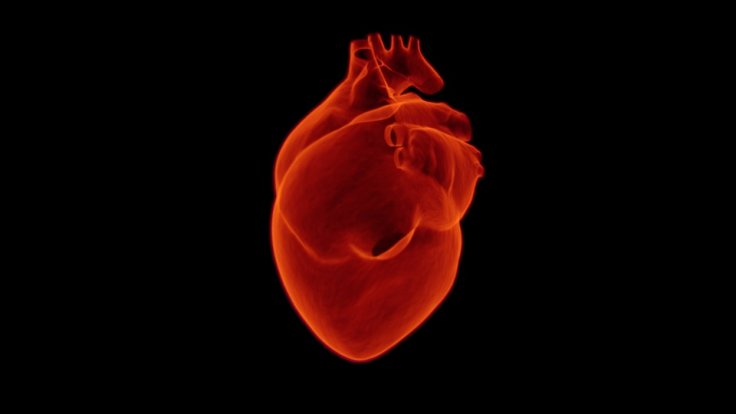
Researchers from Nanyang Technological University (NTU) and Carnegie Mellon University (CMU) in US have developed an organ-on-an-electronic-chip biosensor technology to measure the electrophysiology of heart cell structures in 3D.
Similar to how a slap bracelet wraps around a wrist, the biosensor can self-roll around the extended spheroids of stem cell-derived cardiac cells to easier the way to study heart cells communicate in multicellular systems.
The research team hopes that its innovation can be used to evaluate new drugs or a drug or toxin screening tool. They also believe that it can provide new insights into the electrophysiological basis of heart disorders such as arrhythmias or irregular heartbeat.
Tzahi Cohen-Karni, an associate professor of Biomedical Engineering (BME) and Materials Science & Engineering (MSE) at CMU stated that over the years electrophysiology was done using cells and cultures on 2D surfaces.
He also mentioned that the research team is now trying to circumvent "the challenge of reading the heart's electrical patterns in 3D by developing a way to shrink-wrap sensors around heart cells and extracting electrophysiological information from this tissue."
In the study, which was published in Science Advances, the authors stated that "3D environment, cells are intimately connected to each other and the surrounding matrix to form a complex and highly dynamic system."
The newly developed 3D self-rolled biosensor array (3D-SR-BA) obtained a 3D conformation upon etching of the sacrificial layer as they are spontaneously self-rolled. In addition, the authors added that "measuring the electrical activity of the entire 3D construct from all sides provides a unique opportunity to gain an understanding of signal propagation in the total construct."
Anna Kalmykov, a BME PhD student mentioned that this platform could be used to conduct research on cardiac tissue regeneration and maturation that potentially can be used to treat damaged tissue after a heart attack.
NTU professor Jimmy Hsia said that the mechanics' analysis of the roll-up process enables the researchers to control the shape of the sensors to ensure conforming contact between the sensors and the cardiac tissue. "The technique also automatically adjusts the level of the delicate 'touch' between the sensors and the tissue such that high-quality electric signals are measured without changing in the physiological conditions of the tissue due to external pressure," he said.








